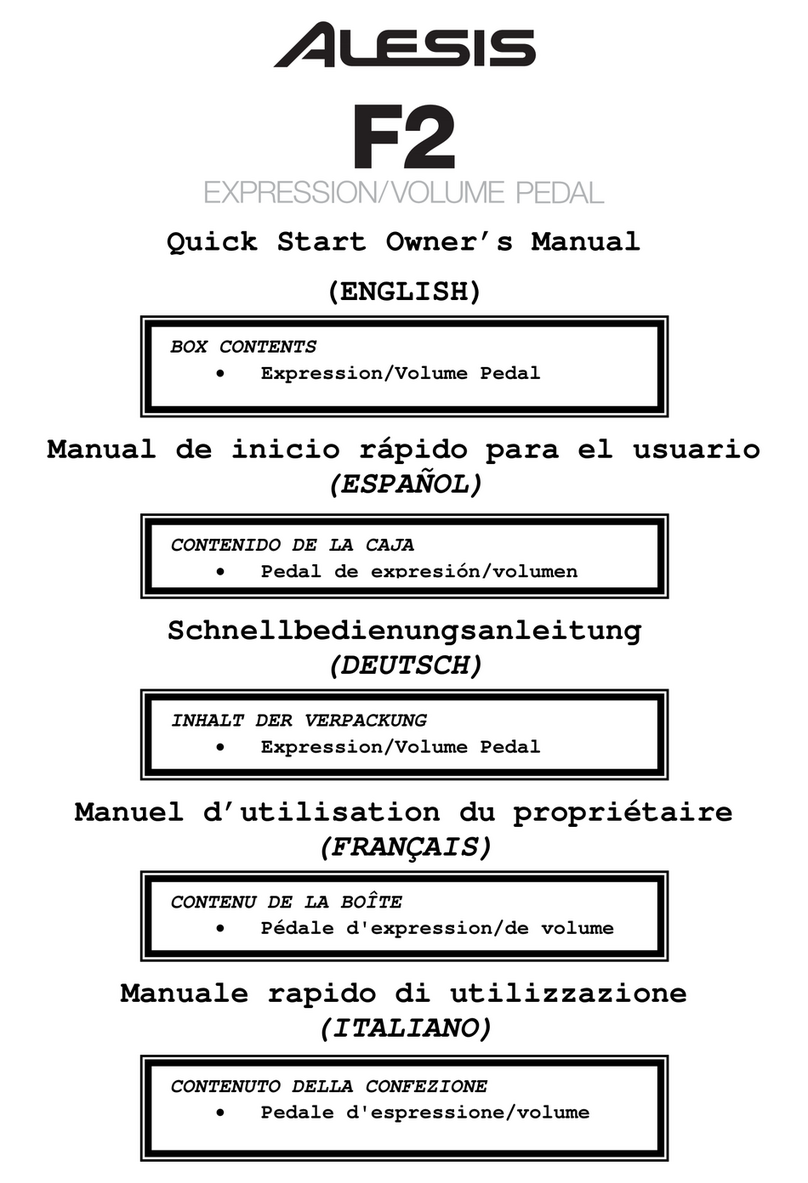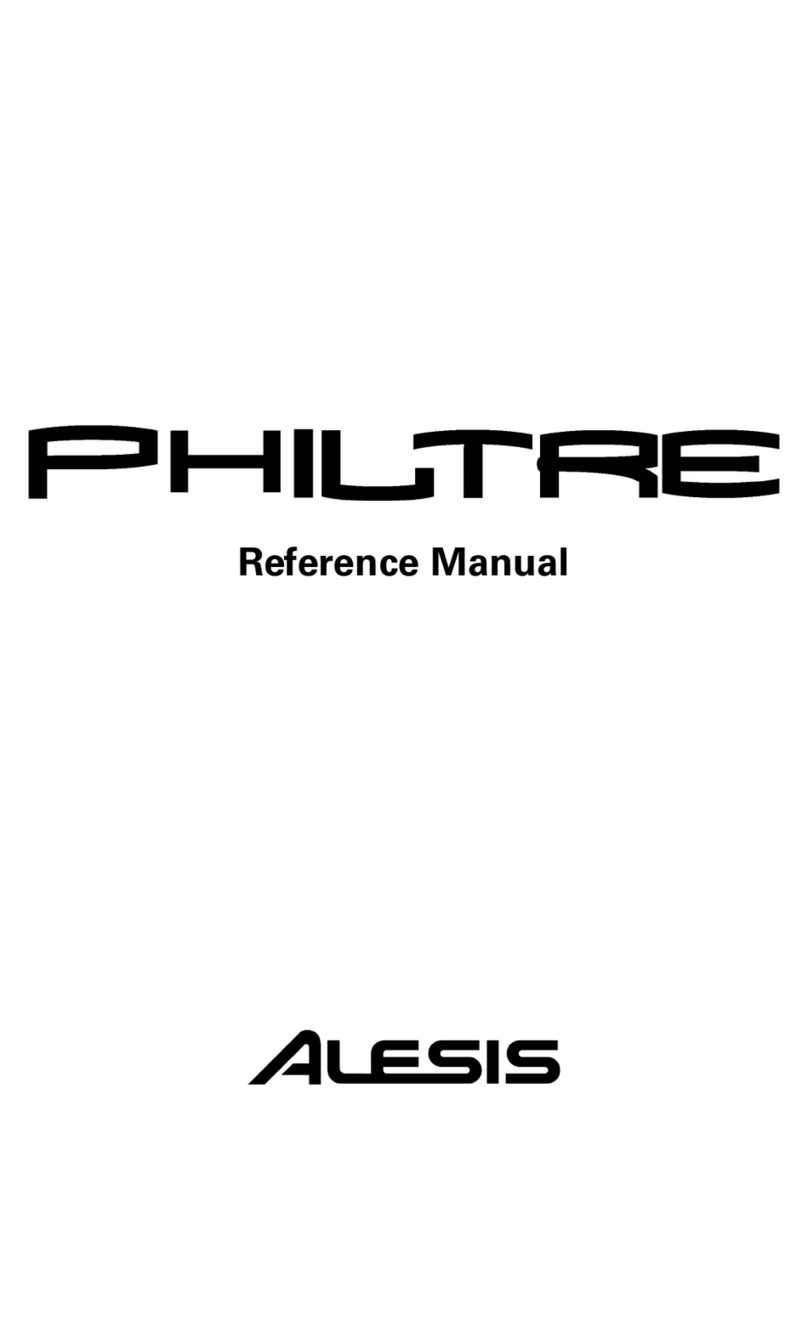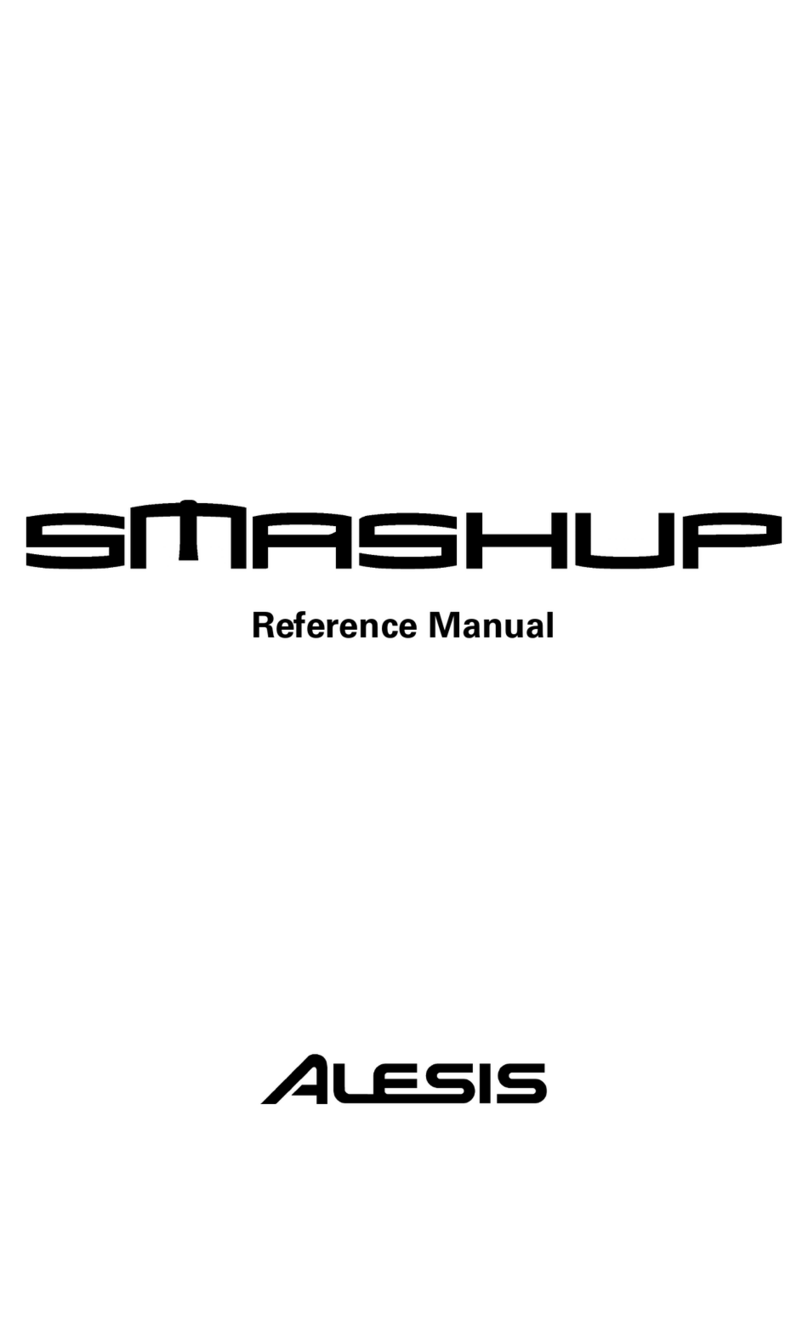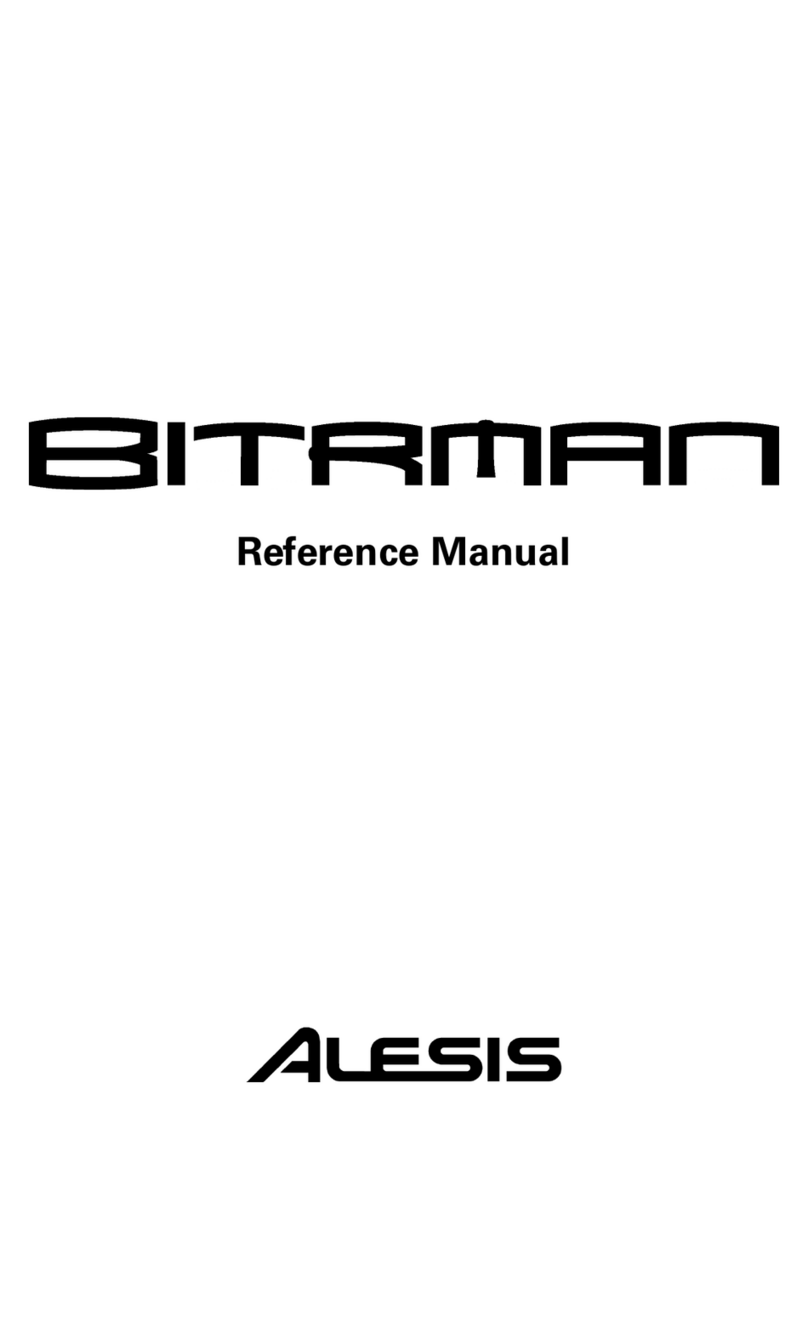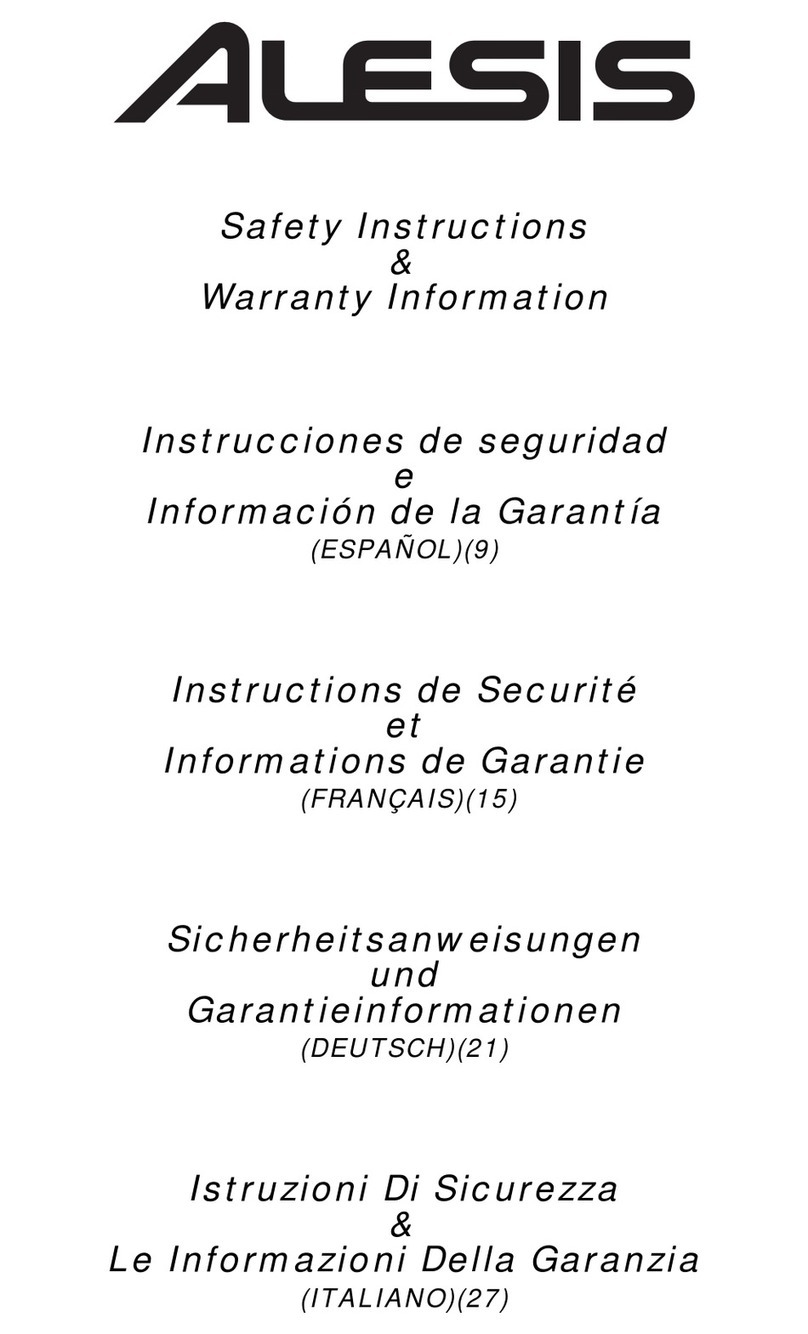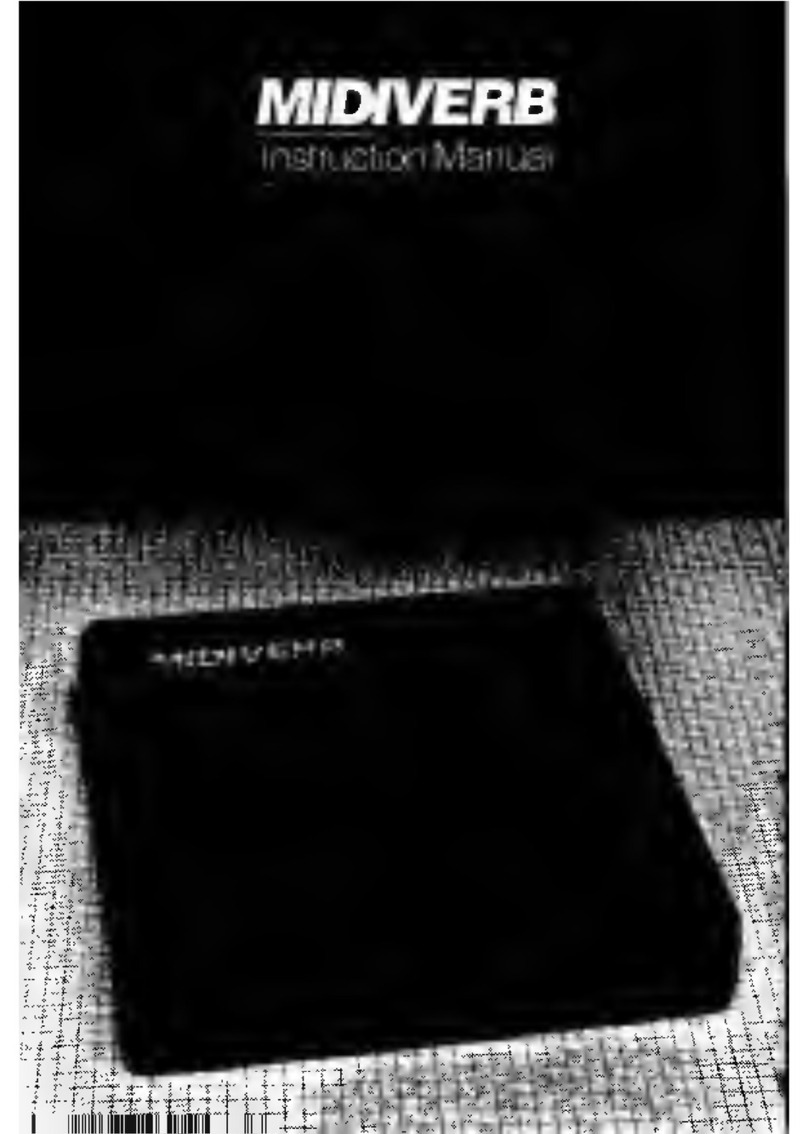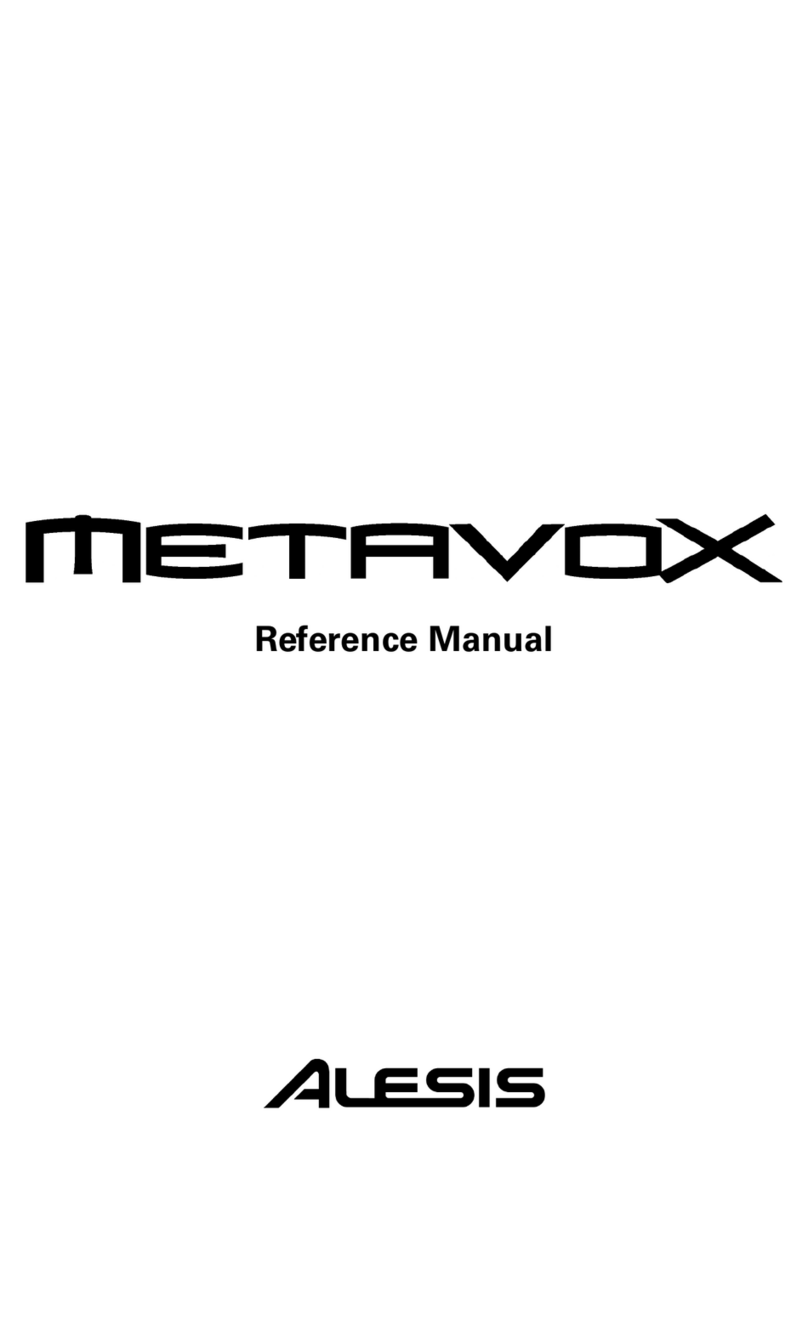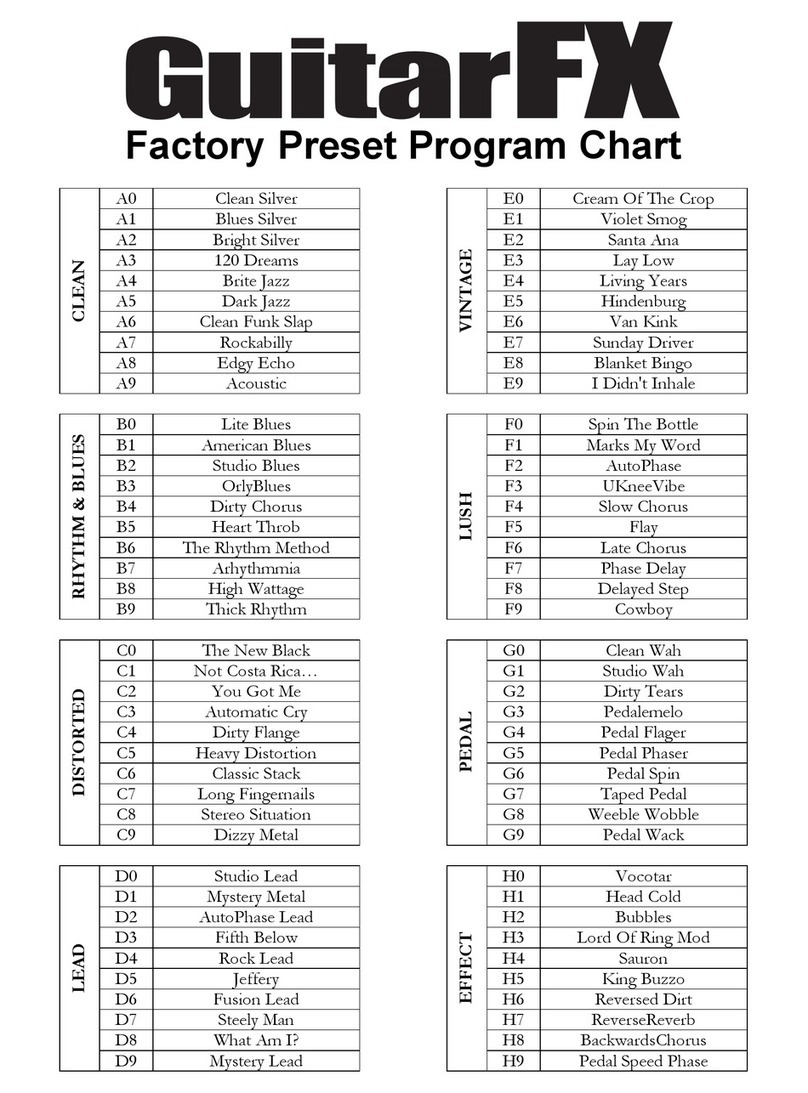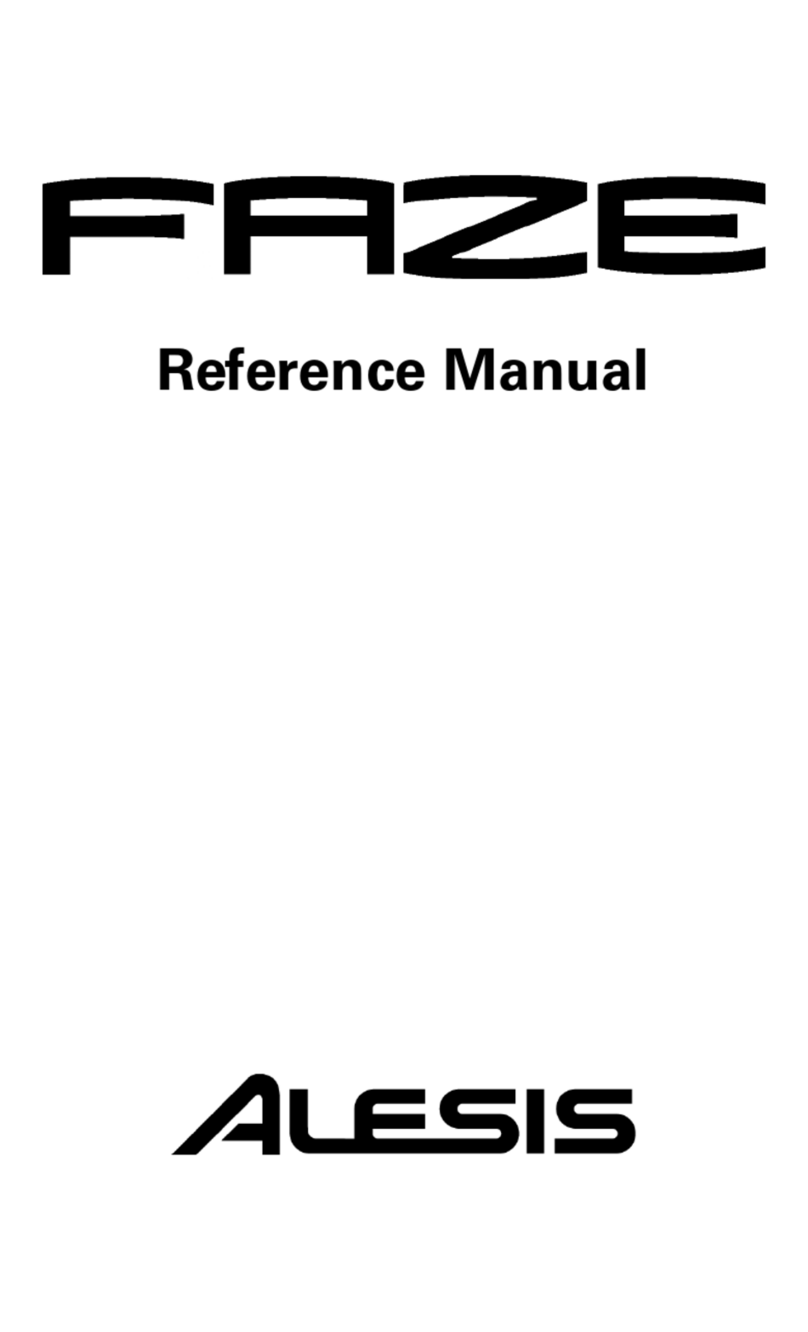2Important Safety Instructions
10
10. Evitez de marcher sur le cordon secteur ou de le pincer, en particulier
au niveau de la prise, et aux endroits où il sor de l’appareil.
11. N’utilisez que des accessoires spécifiés par le constructeur.
12. N’utilisez qu’avec un stand, ou table conçus pour l’utilisation d’audio
professionnel ou instruments de musique. Dans toute installation,
veillez de ne rien endommager à cause de câbles qui tirent sur des
appareils et leur support.
13. Débranchez l’appareil lors d’un orage ou lorsqu’il n’est pas utilisé
pendant longtemps.
14. Faites réparer par un personnel qualifié. Une réparation est nécessaire
lorsque l’appareil a été endommagé de quelque sorte que ce soit, par
exemple losrque le cordon secteur ou la prise sont endommagés, si
du liquide a coulé ou des objets se sont introduits dans l’appareil, si
celui-ci a été exposé à la pluie ou à l’humidité, ne fonctionne pas
normalement ou est tombé.
15. Puisque son fonctionement normale génère de la chaleur, placez cet
appareil au moins 15cm. des équipments péripheriques et assurez
que l’emplacement permet la circulation de l’air.
16. Ce produit, utilisé avec un amplificateur et un casque ou des enceintes,
est capable de produite des niveaux sonores pouvant engendrer une
perte permanente de l’ouïe. Ne l’utilisez pas pendant longtemps à
un niveau sonore élevé ou à un niveau non confortable. Si vous
remarquez une perte de l’ouïe ou un bourdonnement dans les
oreilles, consultez un spécialiste.
17. N'exposez pas l'appareil à l'égoutture ou à l'éclaboussement. Ne
placez pas les objets remplis de liquides (vases à fleur, boîtes de
boisson non alcoolique, tasses de café) sur l'appareil.
18. AVERTISSEMENT: Pour réduire le risque du feu ou de décharge
électrique, n'exposez pas cet appareil à la pluie ou à l'humidité.
